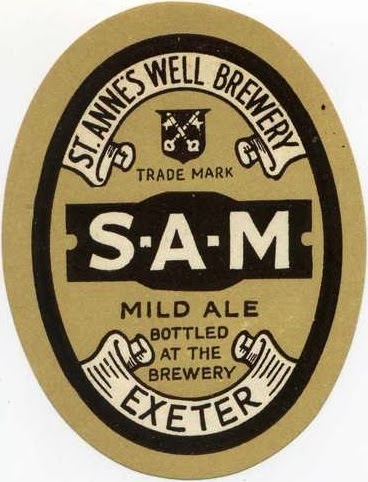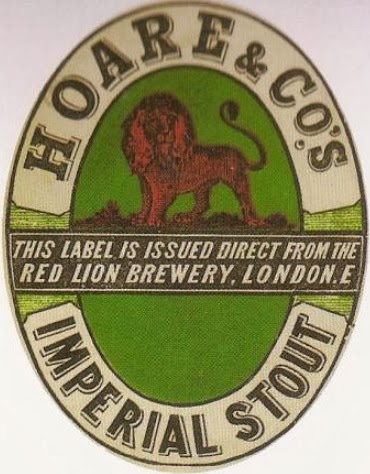The 1909 People's Budget had proposed a big increase in taxation on beer and pubs. The budget was defeated in the House of Lords(which prompted a political crisis) but the clauses relating to beer were included in the 1910 Finance Act.
The difficult financial times forced breweries to consider their options. One of these was merger. Which is what was proposed between Hoare and the City of London Brewery in 1912. The plan was to merge their tied estates and supply them with beer from Hoare's Red Lion Brewery.
"CITY OF LONDON BREWERY COMPANY: A BETTER YEAR.
Sir G. Wyatt Truscott, presiding at the annual meeting the City of London Brewery Company, said that the report before them was a little more cheery than that for last year. He said taxation should not be based upon the value of the houses where beer was sold, but should be drawn from the manufactured product — the beer itself. Their profit rental was £2,100 less in 1911 than in the previous year, because publicans still found themselves quite unable to carry the new taxation, and week by week the directors had before them applications for reductions in rent. Interest receivable was less by £1,000. In the general result the profit earned last year showed an increase of £16,000. They brought forward £7,473, which, added last to year's profit, made £38,000. This was reduced by £18,900 written off leaseholds, so that £19,200 remained to be dealt with. Of this £5,000 would absorbed by 1 per cent dividend on the Preference Shares, and the balance would be carried forward.
The resolution was adopted, and a resolution approving a scheme of arrangement with Messrs. Hoare and Co. was considered. A feature of the scheme was the making of a call of £1 per share on the Ordinary Shares. The resolution was very warmly debated."
The Yorkshire Post and Leeds Intelligencer - Thursday 21 March 1912, page 10.
That profit is pretty pathetic, as is the 1% dividend. But it's better than many London brewers managed. Their eagerness to snap up public houses in the 1890's had left many overstretched.
"A LONDON BREWERY COMBINATION.
The City London Brewery Company (Limited) is calling meetings of its Debenture Stockholders and of its stock and share holders to consider a scheme for joint brewing with Hoare and Co. (Limited). The scheme proposes that the two companies shall carry the manufacture of beer jointly at Messrs. Hoare and Co's Brewery Lower East. Smithfield, through the medium of a new company, in which the two companies are to have equal holdings, and which they will jointly control.
The Yorkshire Post and Leeds Intelligencer - Saturday 02 March 1912, page 10.
Unusually, this sounds like a real merger rather than a takeover. However it's pitched, in the majority of cases one of the companies comes ut on top.
Eventually the scheme was defeated by the narrowest of margins:
"CITY OF LONDON BREWERY.
In a circular the shareholders of the City of London Brewery Company (Limited), the directors state that the proposed scheme for working with Hoare and Co. (Ltd.) was brought before the meetings of the two classes of debenture-holders, and of the shareholders in March last. At the meeting of the 4 per Cent. Debenture Stockholders, the majority in favour of the scheme fell short of the three-fourths necessary by only £591 on a vote at which £338,463 stock was represented, and at the other meetings the scheme was approved by very large majorities. Under these circumstances the directors made further endeavours to carry the scheme, and accordingly applied to the Court and obtained an order authorising a fresh meeting of the 4 per Cent. Debenture Stockholders. Meanwhile both trustees for the 4 per Cent Debenture Stockholders and an independent committee of some large Debenture Stockholders have made investigations into the scheme, the results of which, in the view the investigators, are adverse to the scheme."
The Yorkshire Post and Leeds Intelligencer - Tuesday 19 November 1912, page 9.
Everyone but the debenture holders voted in favour. Well, they voted in favour, too, just not by quite enough. £591 from £338,463 is just 0.18%. It must have driven the directors nuts.
The story didn't end there. As we will find out later.























































































